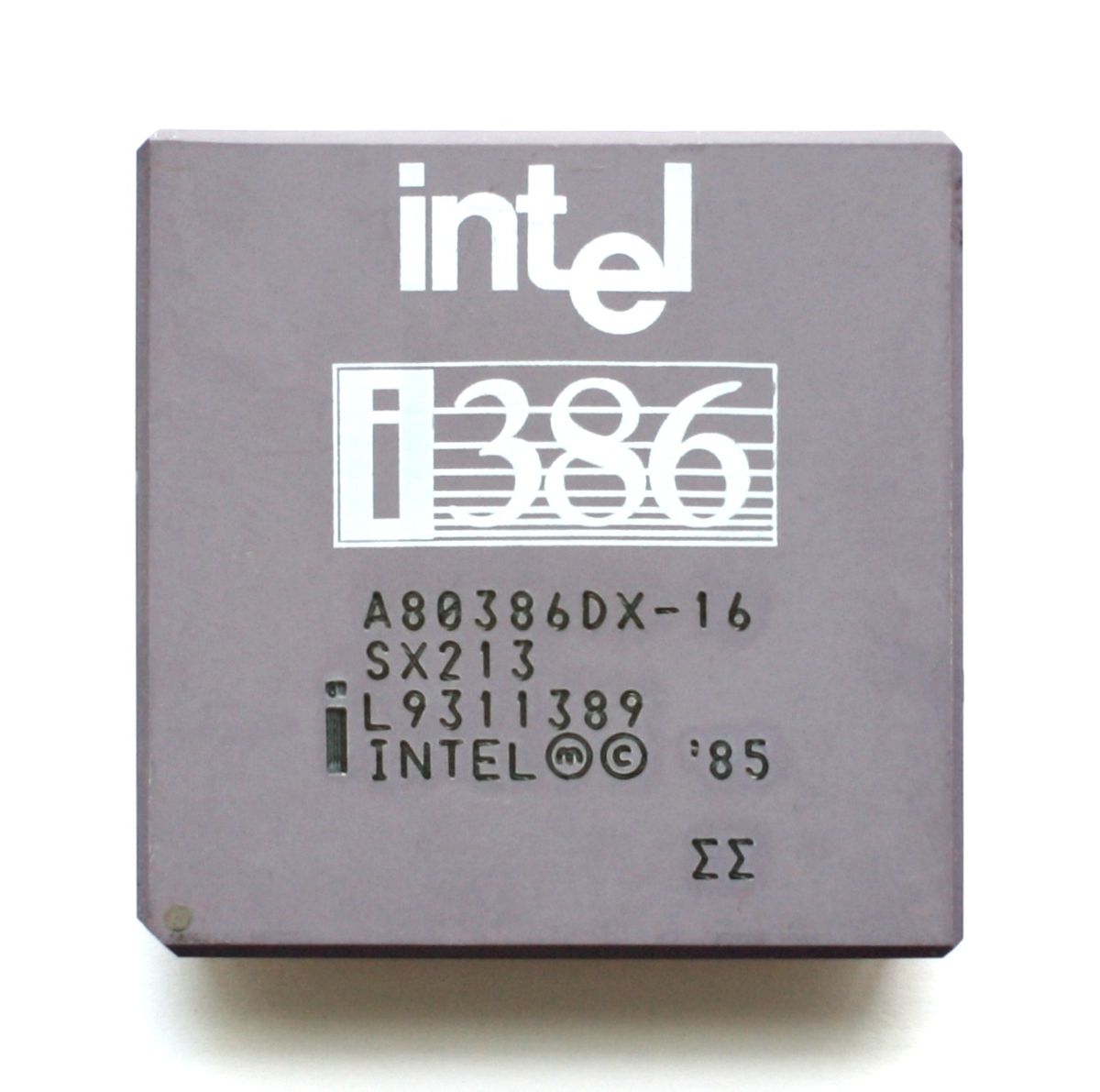Make a plain text file under Apache somewhere with .php extension and stick the following into it:
<?php phpinfo(); ?>
Ctrl+F the word “memory” and see if anything looks off.
I’m a computer and open source enthusiast from Toronto, Ontario, Canada.
Make a plain text file under Apache somewhere with .php extension and stick the following into it:
<?php phpinfo(); ?>
Ctrl+F the word “memory” and see if anything looks off.

Honest feedback: run Chromium tabs in 100% degoogled mode. Make that a “compatibility” feature and focus on making these sandboxed tabs completely indistinguishable from real Chrome (or as close as possible) to websites.

I’m sure the answer starts with a conference on various social justice topics at lavish hotel. /s
The author has a Master’s in informatics. That’s pretty much like an MBA. I wouldn’t expect more than buzzword-bingo from someone like that.


If you’re that worried, why not run chmod -R u+w .git inside the project dir to “un write-protect” the files, then just ascend to the directory containing the project dir (cd …) and use rm -r without -f?
The force flag (-f) is the scary one, I presume?


Whoah, isn’t FUTO the non-profit that Louis Rossmann works for? This is great news!!


If this is their attitude to a clear self-inflicted fuckup, then that’s plenty reason for me to avoid them and their services. It’s not like their services were distinct in any way… just a dime in a dozen cloud provider.


Google reminds me more and more of Microsoft of the 90s. That’s exactly the kind of compatibility breaking asinine move MS would do 30 years ago. Sigh…
Noice!! 👍 Thanks for the tip!
Good point! I assumed the worst; but it’s possible the array is rebuilding or even already rebuilt and just needs to be mounted.
Assuming you were using a Linux software RAID, you should be able to recover it.
The first step would be to determine what kind of RAID you were using… btrfs, zfs, mdraid/dmraid/lvm… do you know what kind you set up?
To start the process, try reconnecting your RAID disks to a working Linux machine, then try checking:
Note: if you used zfs of btrfs, do not do steps 3 and 4; they are MD RAID specific.
Interactive (i.e. end-users) Clients should be using OAuth instead of app passwords. This will allow your users to use their own Office365 credentials for SMTP.
For servers and non-interactive clients (e.g. copiers/printers/toasters/coffee makers) I would suggest something along the lines here: https://learn.microsoft.com/en-us/exchange/mail-flow-best-practices/how-to-set-up-a-multifunction-device-or-application-to-send-email-using-microsoft-365-or-office-365#compare-the-options
Legacy API and app behaviour support. Ironically replacing the registry with something more straightforward would be relatively easy, unlike adding support for storing home directories on a drive other than C. Technically you can mount a different filesystem under c:/users to achieve this, but AFAIK that’s neither supported nor trivial to do.
I tried doing it, and gave up. Sure, most software will respect the path changes in the user’s registry hive, however, every once in a while a program will just assume that your home dir lives under c:\documents and settings$username - and that’s when it all goes south. Really frustrating this lack of consistency.
All in all, the OS is riddled with hacks and “supports” for legacy runtimes and behaviours. Heck, my username is poking fun at the fact that Windows 7 had support for the 386 (yes, Intel’s 80386 processor from the late 80’s) enhanced API. Windows 7…. My username is a “tribute” to a file called krnl386.exe that implemented a bunch of legacy API calls like how much RAM a system has or whether or not the OS is running in “386 enhanced mode” that were relevant back in Windows 3.x days… and still supported in Windows 7. That pretty much sums up why Windows is, and always will be, a hot mess.
That is how you learn! Actually one of the best ways to learn, IMHO.
Ditto here. Either I’m not doing it properly, or this doesn’t affect my build/OS.
Ah, that would break things! Any idea how the incorrect UUID got into the kernel boot parameters?
Windows is difficult to repair mainly because of the registry, IMHO. Microsoft’s claims that it should never require cleanup doesn’t really make sense… it’s the most practical advice given how convoluted it is, but the fact that a database that keeps getting written to constantly doesn’t ever need any kind of maintenance just doesn’t make sense to me.
To be fair, average users would never (or should never) encounter such an issue. The person asking uses Arch (I think?) which is by far not an “average person” distribution.
Weird… the only thing I can think of is that maybe the UUID changes on every boot with live USBs, since the root filesystem is ephemeral …
Have you looked at the mod_sftp for ProFTPd? It seems like ProFTPd is alive and well, despite its official site not supporting HTTPS! It seems like mod_sftp supports most of the SSH/SFTP-specific features, whereas ProFTPd may also offer additional features that complement the mod_sftp module. All in all, probably not a 100% match, and definitely not a drop-in replacement, but at least a seemingly viable/supported alternative?